Shibari ropes
My journey with different kinds of Shibari rope: the unique qualities, why I use jute or posh, and tips on rope care.
Jute shibari rope
Jute is the traditional rope for Shibari. It has almost no stretch, flows smoothly through the hands, and its natural ‘tooth’ ensures knots and frictions stay secure. For suspensions, I always work with 8mm jute. Compared to posh—which has more of a tendency to stick—jute can always be released easily, no matter how tightly the knot has been tied.
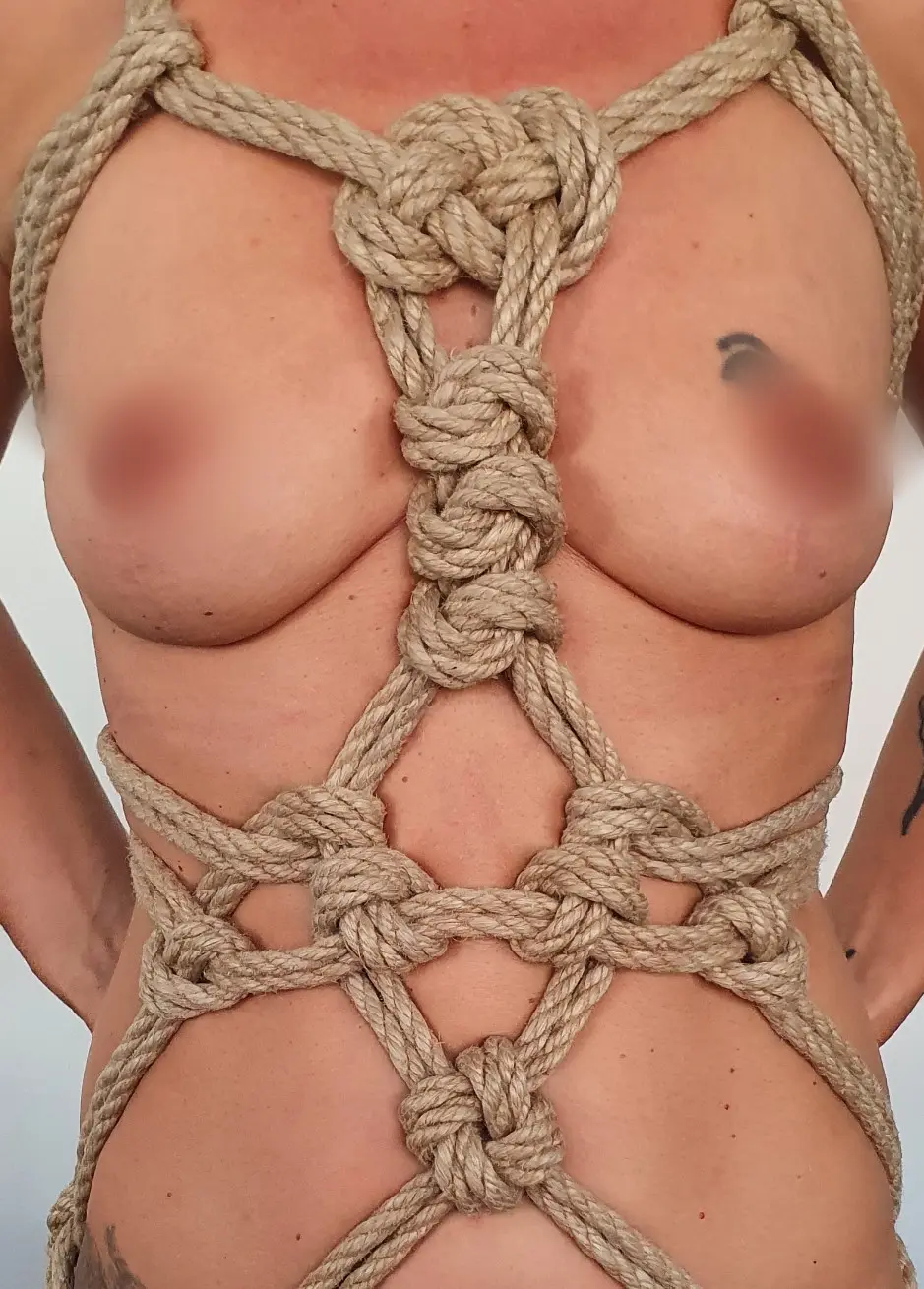
Posh shibari rope
Of all synthetic ropes, POSH is the one that feels the most natural and produces the least friction heat. I always use posh in workshops. After each workshop, the ropes go into the washing machine, and after one cycle they come out as good as new.
Look for it in the shop under 6mm posh shibari rope
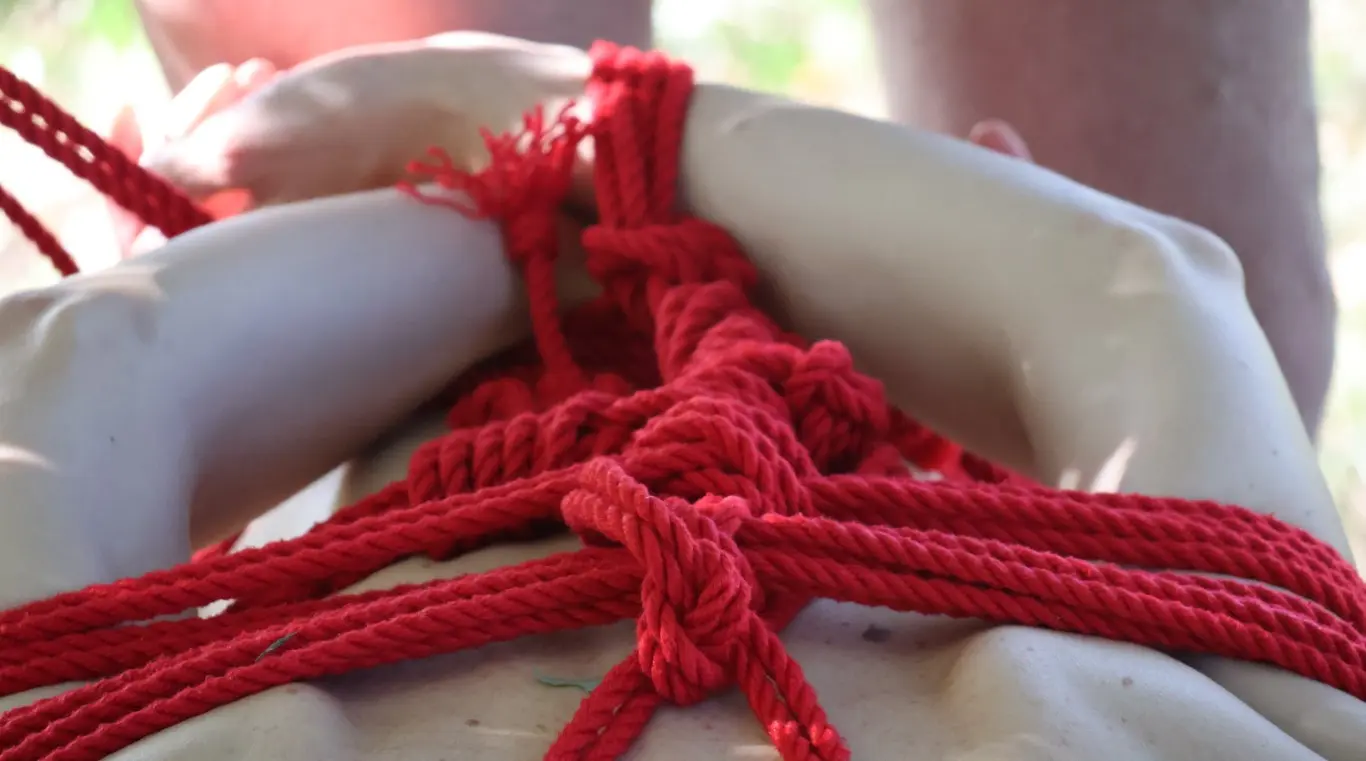
Hemp shibari rope
Hemp rope is stronger and sturdier than jute, and also more affordable. At first, the rope feels a bit stiff; it usually takes about 5 sessions before it becomes pleasantly supple. The breaking strength is higher than that of jute rope. If you want to do suspensions with 6mm rope, hemp is stronger than jute. Still, I would recommend using 7mm jute. The hemp knot you use for suspension is more difficult to untie compared to jute rope. For this reason, I personally prefer jute of >7mm..
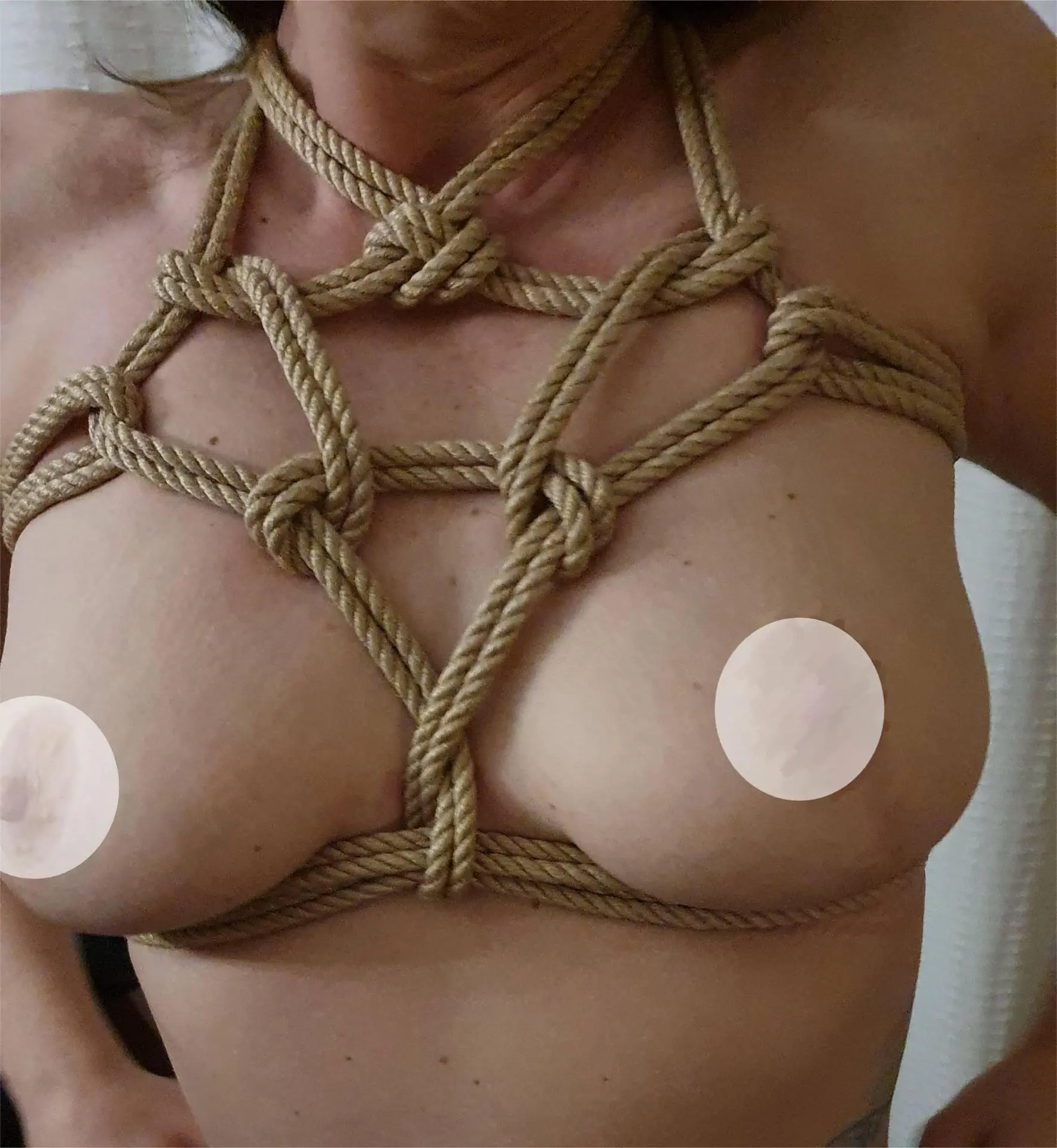
Andere touwen
Klimtouw
Doe jezelf een plezier en gebruik het niet voor Shibari.
Klimtouwen zijn erg stijf, waardoor het moeilijk is om gedetailleerde knopen te leggen.
Ze veroorzaken snel touwbrand, wat gevaarlijk kan zijn voor de persoon die gebonden wordt.
Daarnaast voelen ze ruw aan op de huid, waardoor de bindingen erg oncomfortabel zijn.
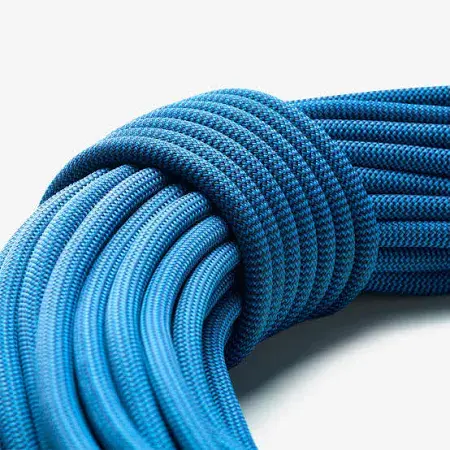
Nylon
Nylon voelt zachter en gladder aan dan natuurlijke vezels.
Het is goedkoper dan POSH en gemakkelijk te onderhouden: je kunt het wassen, het droogt snel en is goed bestand tegen vocht en schimmel.
Nylon touw heeft enkele nadelen bij Shibari.
Door het gladde oppervlak heeft het weinig grip, waardoor knopen sneller kunnen schuiven . Het materiaal rekt licht uit, wat de spanning moeilijker controleerbaar maakt.
Omdat nylon synthetisch is, ontstaat er sneller wrijving en warmte, wat touwbrand kan veroorzaken bij plotselinge bewegingen.
Voor ophangingen of intensief gebruik is nylon minder geschikt, tenzij het specifiek ontworpen is voor bondage en je goed vertrouwd bent met de eigenschappen ervan.
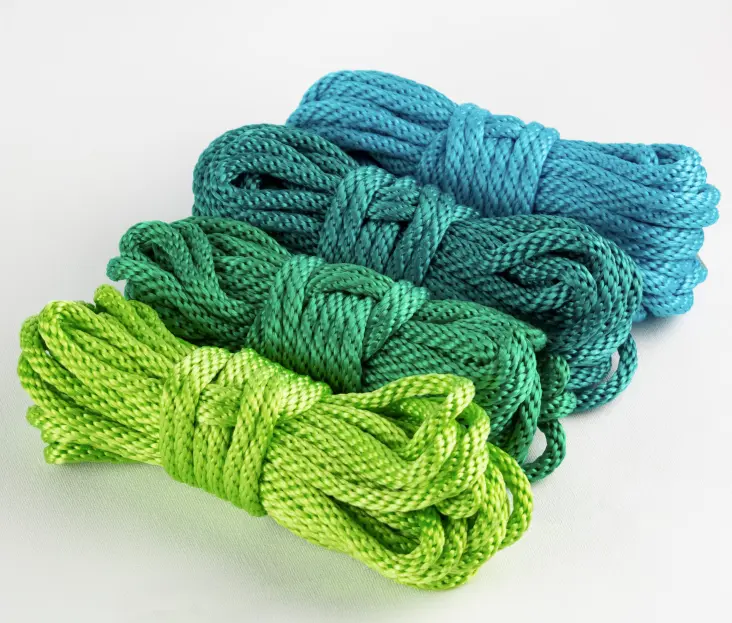
Katoen
.Een van de grootste nadelen van katoenen touw is dat het onder spanning rek vertoont. Daardoor wordt het moeilijker om de spanning van knopen precies te controleren. Wanneer het touw onder spanning komt te staan, kunnen de knopen zich stevig vastzetten of vastklemmen, waardoor ze soms alleen nog met een schaar te verwijderen zijn.
Daarnaast heeft katoen een lagere trekkracht dan hennep of synthetische touwen, waardoor het minder geschikt is voor suspensies. Het wordt dan ook vooral aangeraden voor werk op de grond of statische bindingen.
Katoen neemt gemakkelijk vocht op – van zweet, luchtvochtigheid of andere vloeistoffen – wat kan leiden tot schimmelvorming als het niet goed wordt gedroogd.
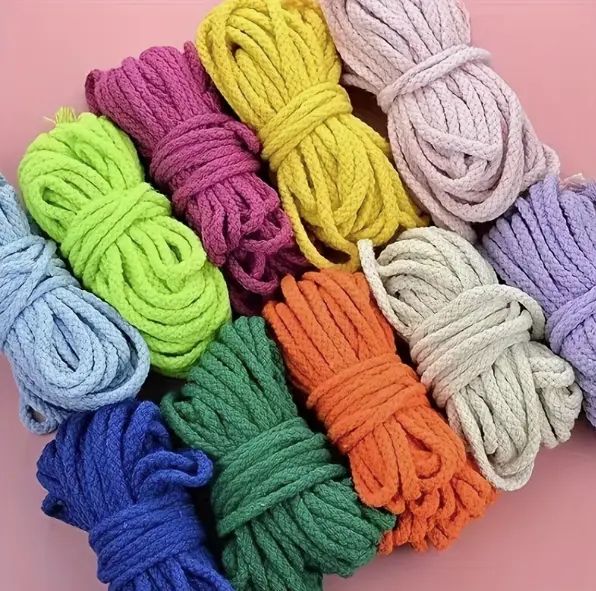
Always make sure that your jute ropes are JBO-free.
- JBO (Jute Batching Oil) is an oil often used in the production of industrial jute to make the fibers more flexible and easier to spin..
- This oil is not intended for skin contact: it may contain chemical residues that can cause irritation or allergic reactions.
- Some JBO oils even fall under the category of PAHs (Polycyclic Aromatic Hydrocarbons), substances that can be carcinogenic with prolonged contact.
Caring for Jute Ropes
Cleaning
- Wash only when necessary – Hemp and jute are naturally antimicrobial. I only wash ropes if they have been in contact with body fluids or sweat. Usually, it is enough to simply air them out. I often hang mine outside on a line in the sun.
- Hand wash. – If you do wash jute, place the loose strands in a bucket with cold water and a small amount of mild detergent. Let them soak for 20–30 minutes, then rinse thoroughly. Never use hot water, as heat shrinks and weakens the fibers.
- Dry under tension – Jute fibers curl and shorten when wet. First hang the rope in loose coils until it stops dripping. Then stretch it fully and fasten both ends to stable points with a bit of tension. Let it dry this way to prevent a thick, shortened rope. You can even hang a small weight (like a bottle of water) in the middle to keep it taut.
Preparing Jute Ropes for Shibari
Factory-delivered jute is often untreated and may contain fuzz. Conditioning makes the rope softer, smoother, and more pleasant to handle.
- Cut and knot – I cut the jute to the desired length and tie off the ends, usually finishing with athistle knot.
- Ontpluizen – Ik flos het touw een aantal keer door een ijzeren los en laat het over elkaar wrijvem. Daardoor wordt het soepel en komen pluizige draadje naar buiten op het touw. Klaar om af te branden.
- De-fuzz – I run the rope several times through a metal ring and rub it against itself. This softens the rope and raises small fibers to the surface.
- Oil treatment – With a linen cloth moistened in a 50/50 mix of jojoba oil and beeswax, I draw the rope through the cloth.
- Heat set in oven – Finally, I place the ropes in the oven for 1 minute at 150°C. This allows the oil to penetrate deeply into the fibers.
Oiling & Ongoing Maintenance
As jute ages, or after frequent washing, the fibers can become brittle. Over time, I re-oil the ropes to restore their suppleness and prolong their lifespan.